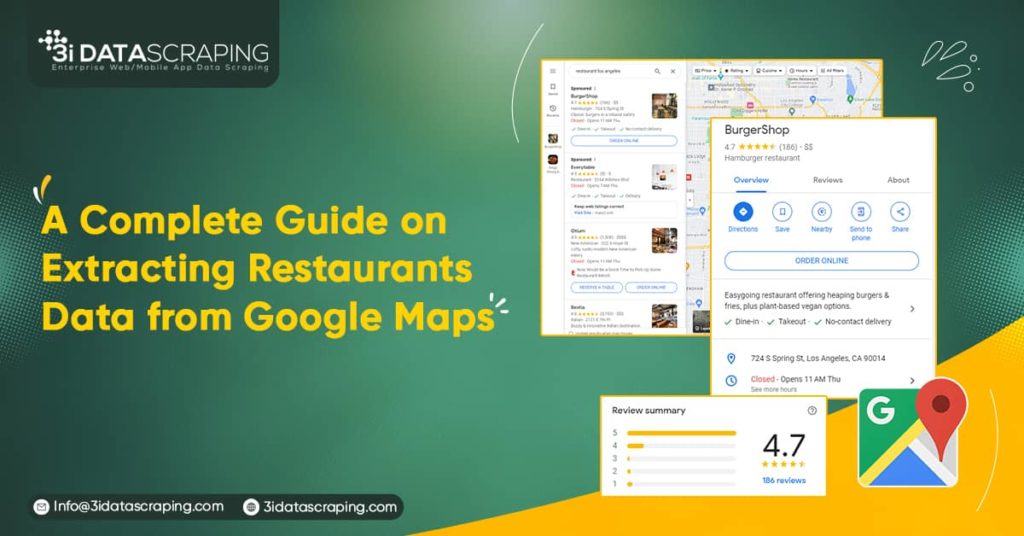A Complete Guide on Extracting Restaurants Data from Google Maps
- September 5, 2023
Our achievements in the field of business digital transformation.









Introduction
Are you tired of scrolling through Google Maps to find the best restaurant in town? Well, you’re in luck because today, we will learn how to extract restaurant data from Google Maps! What exactly is Google Maps data, you ask? We can use the vast amount of information Google has accumulated to pinpoint any location on Earth. And why would we want to extract restaurant data precisely? So, we can access vital information like restaurant names, addresses, ratings, and opening hours.
But, extracting restaurant data is more challenging than it sounds. We face challenges like data accuracy and the sheer volume of information. But do not worry; we have got you covered. So, grab a snack, and let’s dive into the world of Google Maps data extraction!
Understanding Google Maps Data
If you have ever searched for a nearby restaurant or business on your smartphone, you’re probably familiar with Google Maps. In addition to helping, you navigate your surroundings and find directions, Google Maps is a treasure trove of information for businesses and data enthusiasts.
Types of Data available on Google Maps
Google Maps data can provide a wealth of information on businesses, including restaurants, such as their contact information, website links, reviews, and hours of operation.
Additionally, Google Maps data can include valuable location data, such as latitude and longitude coordinates, allowing businesses to understand their surroundings and potential opportunities better.
Data Accuracy and Sources
While Google Maps data can be beneficial, it’s essential to remember that the data may only sometimes be entirely accurate. Businesses can claim their listings and update their information, but they may only sometimes keep the details updated.
Additionally, while Google sources much of its data from businesses, other information may come from third-party sources, which can sometimes be unreliable. Overall, understanding the types of data and references available on Google Maps is essential for anyone looking to extract restaurant data from the platform.
Extracting Restaurant Data from Google Maps Using Web Scraping
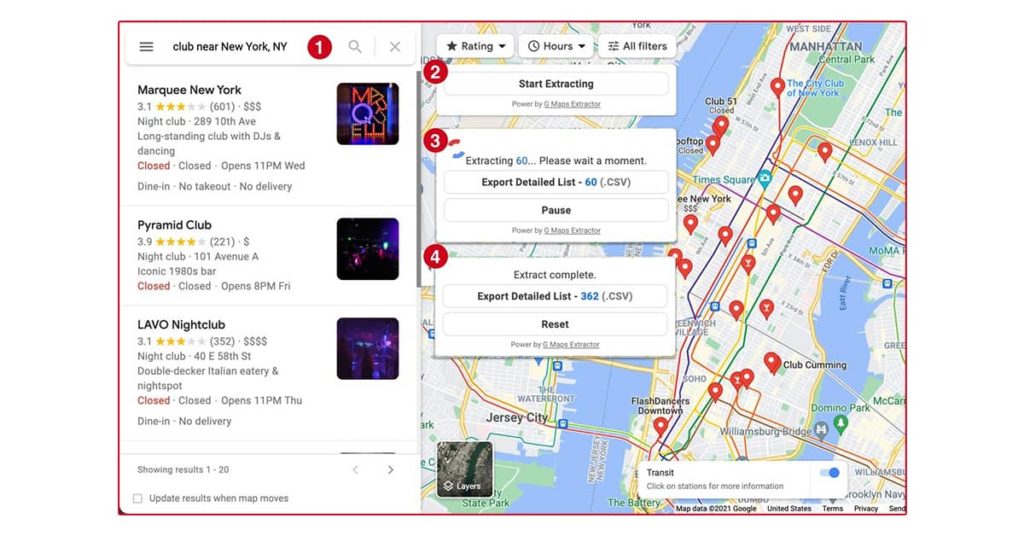
So, you want to extract restaurant data from Google Maps? Well, web scraping is a popular and effective way of doing just that! First things first, what is web scraping? It’s a technique used to extract information from websites using automated tools.
It is like having a little robot that searches website pages and extracts relevant data for you. Now, when it comes to web scraping for Google Maps, there are a few tools and software options that you can use. Some popular ones include BeautifulSoup, Scrapy, Octoparse, and Parsehub. Depending on your needs, some may be more beneficial than others. But the real question is, how do you extract restaurant data using web scraping? Well, it’s a relatively simple process. Here’s a step-by-step guide:
- Identify the specific data you want to scrape. For example, if you’re looking for restaurants in a specific location, determine what information you wish to extract on each restaurant (e.g., name, address, phone number, website, rating, etc.).
- Open Google Maps in your web browser and search for the relevant location or area.
- Once the page has loaded, right-click and select “Inspect.” This will open the browser’s developer tools.
- Use the developer tools to isolate the code for the specific section of the page you want to scrape (in this case, the restaurant listings). Typically, this will involve finding the HTML code for the div or section that contains the data you’re looking for.
- Copy and paste the code into your web scraping tool. Then, use the tool to parse the HTML and extract the relevant data.
- Save the extracted data in a structured format (e.g., CSV or JSON) for further analysis or use. And there you have it! With web scraping, extracting restaurant data from Google Maps is a breeze.
API-based Data Extraction
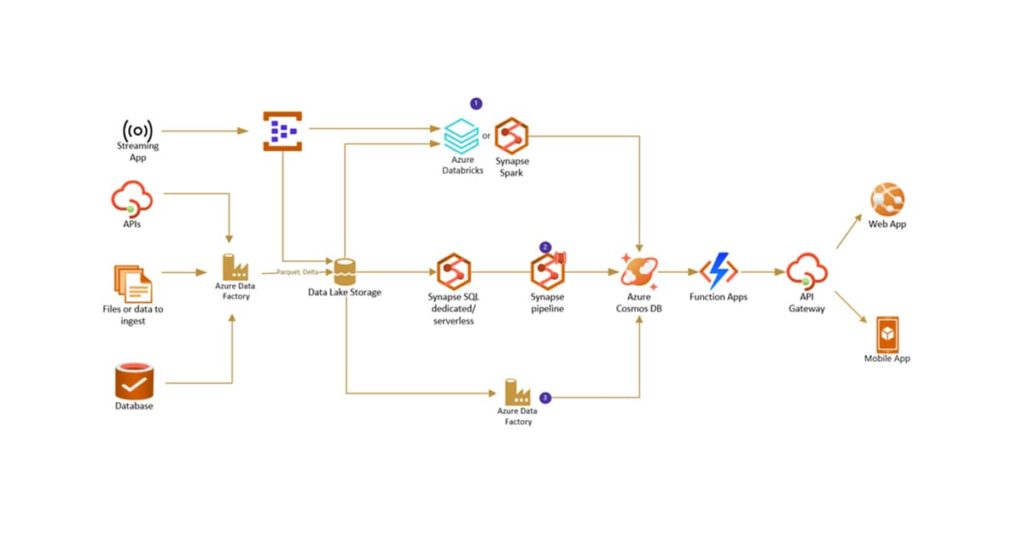
API-based data extraction is another effective method to extract restaurant data from Google Maps. But what are APIs anyway? APIs or application programming interfaces allow different software applications to communicate and exchange data seamlessly. Users can extract restaurant data through Google Maps APIs, such as restaurant name, address, contact number, rating, and reviews.
To extract restaurant data through Google Maps APIs, users must first sign up for a Google Maps API key, like a password that gives users access to data through the APIs. Once users have the API key, they can use Google’s Places API to search for restaurants and retrieve their data.
The retrieved data can be in JSON or XML format, easily parsed, and processed using various programming languages and tools. One advantage of API-based data extraction is its speed and accuracy compared to other methods, such as web scraping. However, APIs have usage limits, so users should consider this when using Google Maps APIs for Data Extraction.
In conclusion, API-based data extraction is a powerful method to extract restaurant data from Google Maps. Using Google Maps APIs, users can retrieve restaurant data in a structured and efficient manner. However, users should be aware of the limitations of APIs and find the optimal balance between speed and accuracy when using this method.
Using Third-Party Tools for Data Extraction
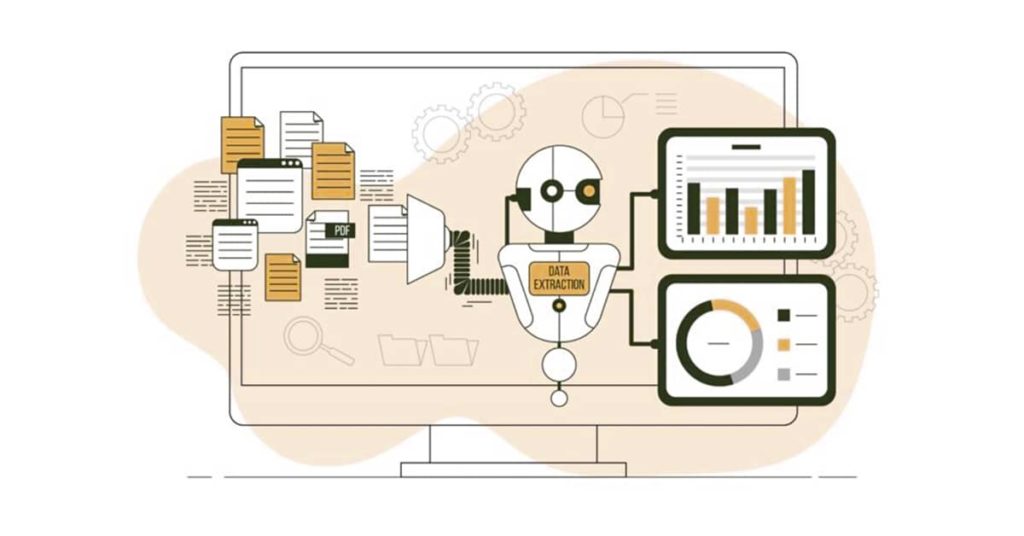
Let’s get to the fun part of extracting restaurant data using third-party tools. These tools are like little helpers that can make our lives easier by automating data extraction. Plus, who doesn’t love a good assistant, right?
When it comes to third-party tools, there are plenty of options available in the market. You can choose from a range of web scraping tools, such as Octoparse, Parsehub, and WebHarvy, to name a few.
These tools offer a user-friendly interface that can help you easily scrape data. Tools like Scrapestack and Apify can be your go-to options if you’re looking for an API-based solution. These tools offer an easy-to-use API that can extract data in real time.
Some popular third-party tools for Google Maps data extraction include Data Miner, Google Maps Scraper, and Google Map Extractor. These tools offer a range of features like data filtering, data visualization, and data export. In a nutshell, third-party tools are a great way to extract data from Google Maps easily. Choose the tool that suits your needs and let your helper do the job.
Cleaning and Structuring Restaurant Data
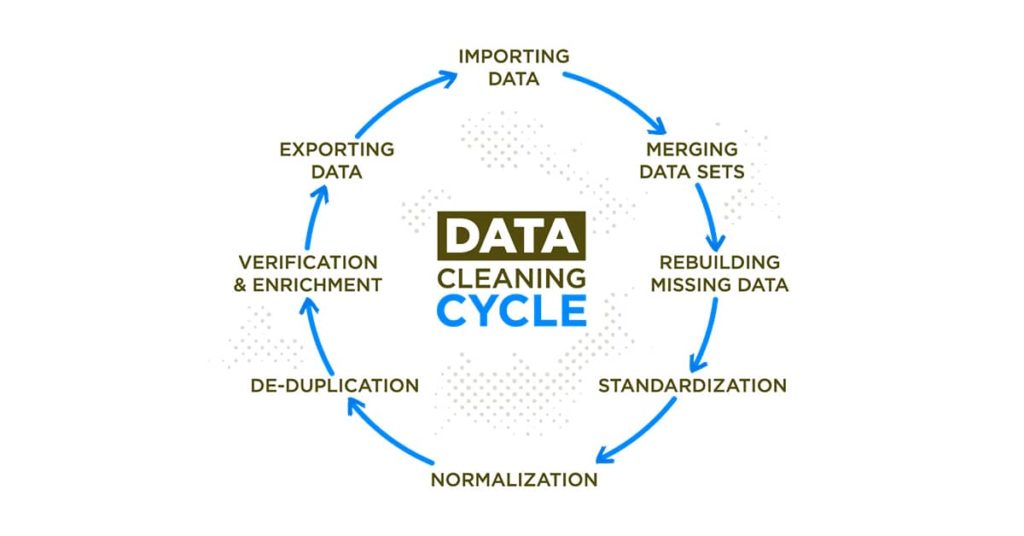
Why is data cleaning and structuring important? Well, imagine getting a restaurant dataset from Google Maps that’s a complete mess – incomplete information, misspelled names, and duplicate entries. It would be a nightmare to work with. Data cleaning and structuring are crucial for turning raw data into valuable and reliable information.
With adequately cleaned and structured data, you can quickly analyze, visualize and manipulate the data for your needs. Now, talking about tools and software – there are various options available that can help you clean and structure the data effectively.
For instance, OpenRefine is a powerful tool that can handle various data formats and automate the data-cleaning process, saving time and effort. Tools like Trifacta, Data Wrangler, and Talend are also helpful for data preparation and cleaning.
In addition, various data structuring tools are available that can transform unstructured data into a structured format, such as Tabula, Kettle, and Datameer. These tools help in analyzing and visualizing the data in a more structured manner.
Data cleaning and structuring are essential for making sense of the extracted restaurant data. Various tools and software are available to simplify the process for effective data cleaning and structuring, making it easier for you to work with the data.
Conclusion
Who knew that extracting restaurant data from Google Maps could benefit restaurant owners? By analyzing customer reviews and ratings, owners can optimize their menus and improve their services to attract more customers.
Now that we know how to extract this valuable data through web scraping or APIs let’s remember to use third-party tools for better efficiency. And once the data is extracted, cleaning and structuring it is crucial for proper analysis. Remember, optimizing data extraction is key to saving time and effort.














What Will We Do Next?
- Our representative will contact you within 24 hours.
- We will collect all the necessary requirements from you.
- The team of analysts and developers will prepare estimation.
- We keep confidentiality with all our clients by signing NDA.

